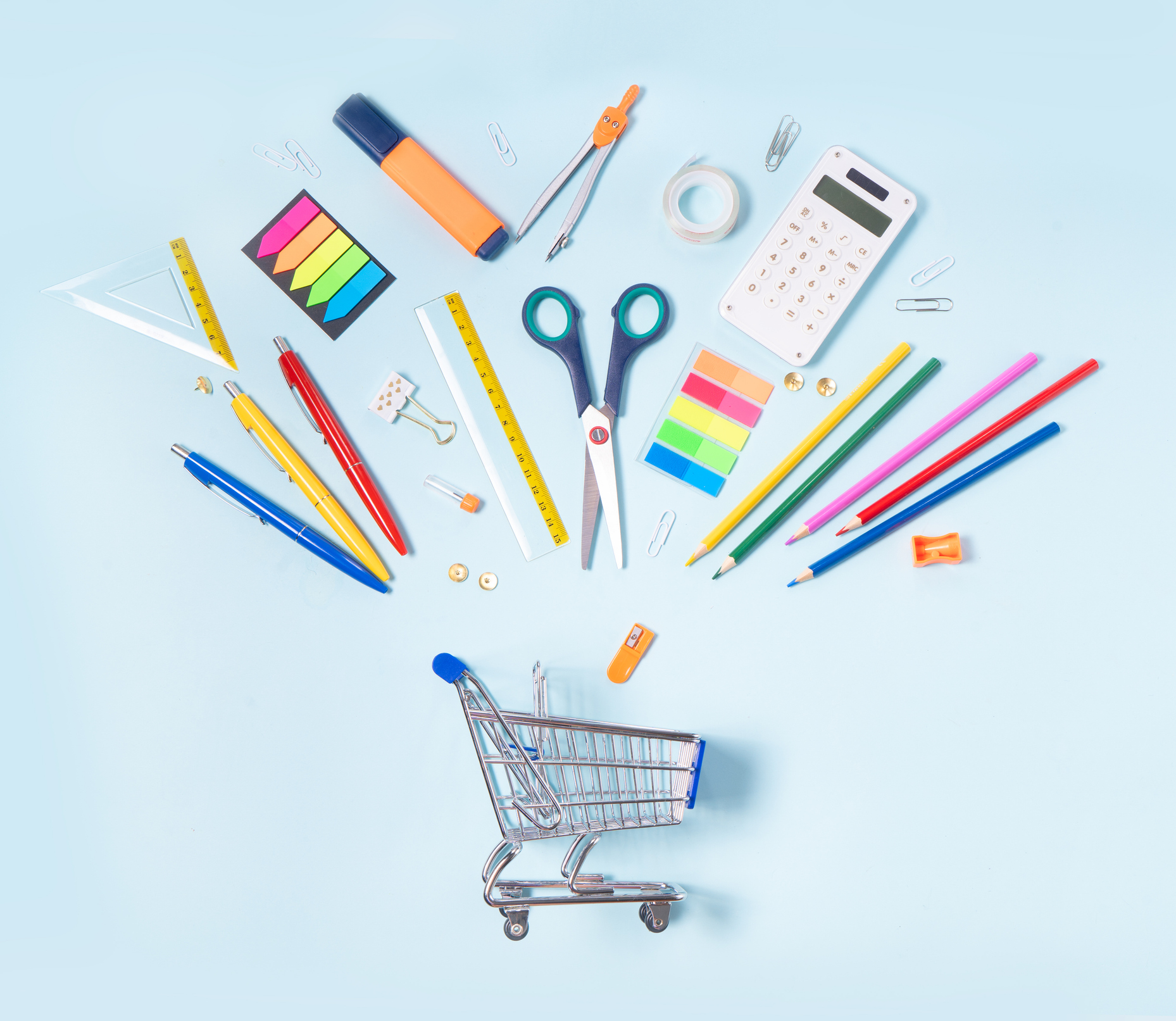Online Bargains That Are Too Good to Be True
A super-low price could be one sign that an item is counterfeit.


Online shopping could be hazardous to your wealth—and your health. An investigation by the Government Accountability Office, a federal watchdog agency, found that many products sold by third-party sellers on popular websites such as Amazon.com and Walmart.com were counterfeit—and dangerous—and were often a total waste of money. Cheap, substandard phone chargers could electrocute users, the GAO said, and bogus cosmetics have contained mercury, lead and other hazardous substances. Other frequently counterfeited items included batteries, travel mugs, contact lenses, and toothpaste.
“Counterfeiting is not a victimless crime. It kills people,” says Bob Barchiesi, president of the International AntiCounterfeiting Coalition, a nonprofit industry group.
Counterfeiters have designed products that closely resemble the genuine items, making it increasingly difficult to spot fakes. Still, there are ways to protect yourself. Your safest bet is to buy directly from the manufacturer’s website and pay a little more.
From just $107.88 $24.99 for Kiplinger Personal Finance
Become a smarter, better informed investor. Subscribe from just $107.88 $24.99, plus get up to 4 Special Issues

Sign up for Kiplinger’s Free Newsletters
Profit and prosper with the best of expert advice on investing, taxes, retirement, personal finance and more - straight to your e-mail.
Profit and prosper with the best of expert advice - straight to your e-mail.
If you’re a bargain shopper, the item you want is out of stock, or it’s only available on e-commerce sites such as Amazon.com, look for the three P’s:
Place. Check the manufacturer’s website to find a list of authorized third-party distributors. If the seller’s name isn’t on it, chances are the website is selling fakes.
You can also check sellers’ authenticity by contacting them directly; if they don’t get back to you, the phone number is out of service, or you can’t understand the response, don’t give them your business.
Packaging. Legitimate brands spend a lot of money on packaging. If the product listing states that there’s no packaging available with the item, that should be a warning sign that the item is a fake.
Price. Be skeptical of an extremely low price. If it sounds too good to be true, it probably is.
Other red flags include extra-long shipping times, no established return policy, and suspicious reviews in the feedback section of the website. If the reviews are nearly identical, unabashedly positive and contain a lot of misspellings, they probably aren’t legitimate.
Profit and prosper with the best of Kiplinger's advice on investing, taxes, retirement, personal finance and much more. Delivered daily. Enter your email in the box and click Sign Me Up.

-
 4 Times to Say Yes to a Roth Conversion and 4 Times to Say No
4 Times to Say Yes to a Roth Conversion and 4 Times to Say NoRoth conversions should never be done on a whim — they're a product of careful timing and long-term tax considerations. So how can you tell whether to go ahead?
-
 A 4-Step Anxiety-Reducing Retirement Road Map
A 4-Step Anxiety-Reducing Retirement Road MapThis helpful process covers everything from assessing your current finances and risks to implementing and managing your personalized retirement income plan.
-
 Holiday Tax Scams: 'Tis the Season to be Wary
Holiday Tax Scams: 'Tis the Season to be WaryTax Scams Navigating tax tricks of the holiday season may be daunting, but don't let that destroy your festive spirit
-
 9 Types of Insurance You Probably Don't Need
9 Types of Insurance You Probably Don't NeedFinancial Planning If you're paying for these types of insurance, you may be wasting your money. Here's what you need to know.
-
 21 Last-Minute Gifts for Grandparents Day 2025 to Give Right Now
21 Last-Minute Gifts for Grandparents Day 2025 to Give Right NowHoliday Tips Last-minute gifting is never easy. But here are some ideas to celebrate Grandparents Day.
-
 Texas Sales Tax-Free Weekend 2025
Texas Sales Tax-Free Weekend 2025Tax Holiday Here's what you needed to know about the Texas sales tax holiday.
-
 Alabama Tax-Free Weekend 2025
Alabama Tax-Free Weekend 2025Tax Holiday Here’s everything you need to know about the 2025 back-to-school Alabama sales tax holiday.
-
 Amazon Resale: Where Amazon Prime Returns Become Your Online Bargains
Amazon Resale: Where Amazon Prime Returns Become Your Online BargainsFeature Amazon Resale products may have some imperfections, but that often leads to wildly discounted prices.
-
 The Sweet 23: States Where Twix and Kit Kat Avoid the ‘Candy Tax’
The Sweet 23: States Where Twix and Kit Kat Avoid the ‘Candy Tax’State Taxes There’s something spooky this Halloween, and it’s not just the ghouls. Find out if your state’s sales tax takes a bite out of sweet savings.
-
 Florida Back-to-School Tax-Free Holiday 2025
Florida Back-to-School Tax-Free Holiday 2025Sales Taxes The new tax-free holiday in Florida brought month-long savings on computers, clothing and other school supplies.
-
 Roth IRA Contribution Limits for 2026
Roth IRA Contribution Limits for 2026Roth IRAs Roth IRAs allow you to save for retirement with after-tax dollars while you're working, and then withdraw those contributions and earnings tax-free when you retire. Here's a look at 2026 limits and income-based phaseouts.